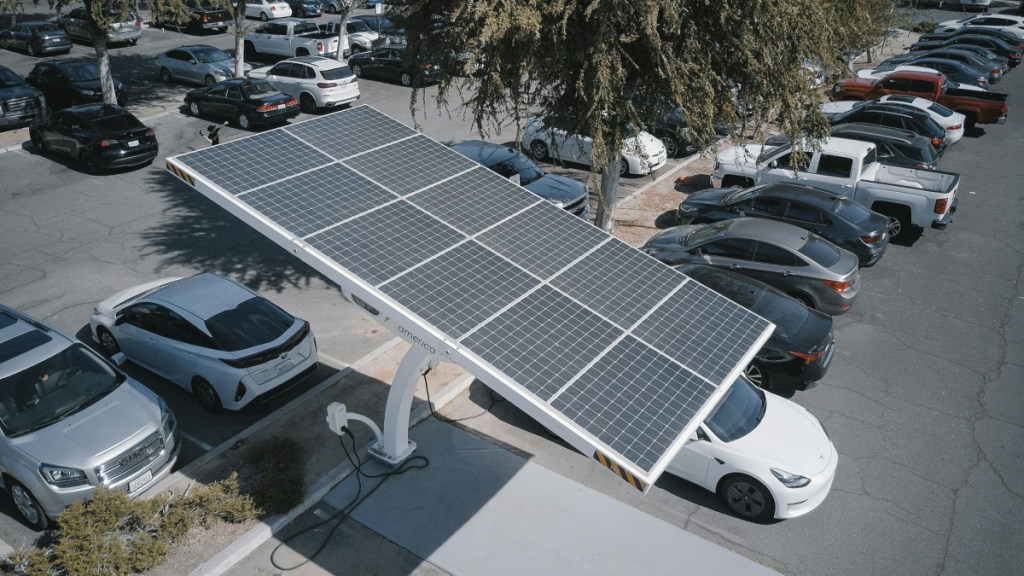By Dr. Vikas Nimesh
As the global community confronts the pressing issues arising from climate change, the automotive industry is undergoing a profound transformation towards cleaner and more sustainable transportation solutions. Within India, the discourse on the efficiency and viability of electric (EV) and hybrid vehicles has gained significant traction. Both technologies offer promises of environmental efficiency and long-term economic viability, positioning them as compelling alternatives to traditional internal combustion engine (ICE) vehicles.
The decarbonisation of India’s transport sector faces a crucial choice between adopting EVs and hybrid vehicles. Presently, data indicates that hybrid vehicles have lower total life cycle emissions than both ICE vehicles and EVs, assuming the electricity used by EVs is generated from the current energy mix. In India, where approximately 75% of electricity is produced from non-renewable sources such as coal, the life cycle emissions of an electric vehicle stand at about 158 grams per kilometer (g/km). This figure could decrease to 60g/km if the vehicle is powered by renewable energy sources. In comparison, hybrid vehicles emit around 133g/km, while emissions from petrol and diesel vehicles are approximately 176g/km and 201g/km, respectively. At a glance, currently, hybrids appear to have an edge in reducing emissions.
However, this perspective shifts when examining the local environmental and health impacts. EVs stand out in this context with their zero tailpipe emissions and negligible noise pollution, unlike hybrids, which still emit particulate matter, carbon monoxide, nitrogen oxides, and hydrocarbons that, have profound implications for health, including respiratory, and cardiovascular diseases, pulmonary issues, and cancer risks. Therefore, while hybrids may appear advantageous under the current energy mix, EVs offer substantial benefits in urban settings by eliminating tailpipe emissions and reducing public health risks. This highlights the importance of considering both macro-environmental impacts and micro-level health implications in India’s transition to greener transportation options, with a clear advantage for EVs in promoting public health and environmental sustainability.
The Indian government is actively working to enhance the EV ecosystem by investing in the development of a robust charging infrastructure to facilitate the smooth operation of EVs on Indian roads. A significant factor contributing to the high cost of EVs in India is the importation of lithium-ion (Li-ion) battery packs. To address this, there are plans to import raw lithium and establish domestic battery production facilities, which are anticipated to considerably lower battery costs. Additionally, ongoing research into battery technology is expected to produce advancements in batteries, such as increased energy density and faster charging capabilities, which will not only improve the range but also reduce the weight of the batteries. These developments are expected to lead to a significant reduction in battery prices, further encouraging the adoption of EVs in India.
The recent interim budget for 2024 reaffirms the government’s commitment to building a sustainable transport system. Key initiatives to build a comprehensive charging infrastructure, and the injection of funds into the Production-Linked Incentive (PLI) scheme, are geared towards enhancing the manufacture and assembly of EVs. These initiatives are poised not only to generate a lot of employment opportunities but also to steer India toward a path of sustainable progress. Furthermore, the emphasis on enhancing skills within the Micro, Small, and Medium Enterprises (MSME) sector is crucial for developing a workforce proficient in EV technology, thereby accelerating India’s transition to environmentally friendly mobility solutions.
The government’s “Panchamrit” strategy to strengthen energy security places a strong emphasis on diminishing reliance on fossil fuels, integrating with efforts to promote green transportation solutions. The Prime Minister’s launch of the Pradhan Mantri Suryodaya Yojana, aimed at installing solar panels in one crore homes, in addition to efforts towards rooftop solarisation and the adoption of green energy practices, highlights a strategic move towards harnessing renewable energy sources. This initiative significantly enhances the eco-friendly advantages of EVs by integrating sustainable energy into the broader energy mix, thereby reinforcing the environmental merits of adopting EVs. By offering a blend of fiscal and policy incentives, coupled with significant investments in creating a reliable charging infrastructure, the government is taking decisive steps to integrate electric mobility into the fabric of Indian society.
In summary, the choice between electric and hybrid vehicles in India involves a nuanced consideration of emission profiles, government initiatives, infrastructure development, and individual travel habits. While both technologies play critical roles in decarbonisation, EVs are emerging as the more sustainable option in the long term, supported by advances in battery technology and infrastructure. As India moves towards a greener automotive landscape, the collective decisions of consumers will significantly influence the trajectory of sustainable mobility in the nation.
The author is Senior Research Associate, Alliance for an Energy Efficient Economy (AEEE).
Disclaimer: The views and opinions expressed in this article are solely those of the original author. These views and opinions do not represent those of The Indian Express Group or its employees.


















